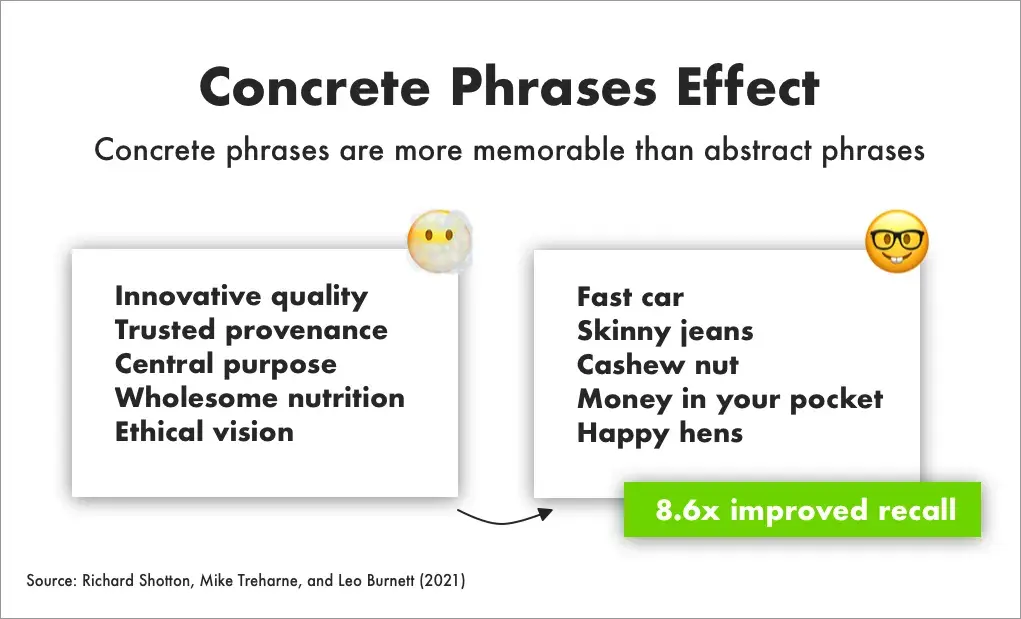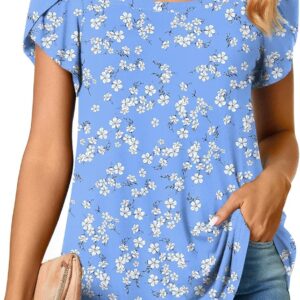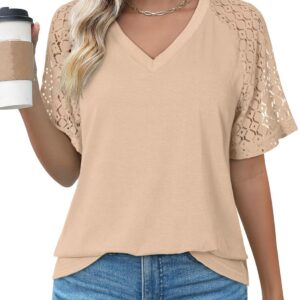Welcome to Columns of the creatorwhere we provide a professional HubSpot Writer voice for blogs that inspire and empower you to grow.
I started my promotion and advertising and marketing career as a junior community marketer. I should have been incredibly prepared for the method. I had spent £50,000 on my promotion and advertising and marketing level and four years of learning.
However, after only a few hours of my first day, I realized that I was not well prepared. I was woefully incompetent.
Right after lunch, my manager asked me to create one-pagers, blogs, e-mail topic tracks, and case analyses. “This,” he described, “is the bread and butter of promotion and advertising.” And yet, I had no idea where to start.
My degree claimed I could “do promotion and marketing,” but I had no idea how to write persuasively, convince customers, or use words to capture attention.
However, all of those new tasks involved writing persuasive texts, something I couldn’t help but know about by now.
Fortunately, I quickly discovered behavioral science. I learned how psychology could unlock the secret to persuasive copywriting. I then interviewed executives like Richard Shotton, Rory Sutherland, and Jonah Berger, quizzing them on how they write superior copy.
Over a decade, I’ve discovered dozens of copywriting guidelines that work. A treasure trove of ways I should have known about them all years ago. So, just for people in my position, here are the 8 copywriting guidelines I should have known about when I first started marketing and advertising.
The Copywriting Insights I Needed Since Day One
1. Write a concrete text
In his book (2023), Richard Shotton shared some probably crucial information about copywriting.
In 2021, Richard and his colleagues Mike Treharne and Leo Burnett showed participants vague sentences and concrete sentences and asked them to remember all of them.
Concrete phrases, such as “fast car,” were remembered with 6.7% accuracy, while abstract phrases such as “high-end innovative” were forgotten, with a maximum accuracy of 0.7%.

There is a concrete lesson to be learned here. Don’t use vague or abstract words in your copywriting. Instead, use concrete sentences that readers can visualize.
This copywriting tactic will not only help create memories, but it will also increase sales. A 2022 study (cited in Magic Phrases) suggested that changing an Oreo product description from “150 grams per pack” to “15 cookies per pack” increases sales.
The concrete descriptions made the benefits of Oreo even more evident and made customers much more likely to purchase it.

2. Your statements again
Huel, the suddenly emerging protein shake company, knows how to use concrete phrases in their advertising.

Instead of using technical descriptions (left of image), they use easy-to-visualize examples like eggs, oranges, salmon fillets, and bananas (right of image).
On the other hand, can you spot the other tactic they use?
Each of their concrete examples serves as an anchor. Readers know that salmon fillets are high in omega-3s, so the anchor makes Huel’s drink seem much more nutritious.
A finding on San Francisco voters (cited in Blindsight) found that the typical political donor sent $64 to his or her candidate during the campaign.
On the other hand, simply telling a donor “someone else presented $400” will raise the standard to $143. Like Huel’s “salmon fillet,” this anchor has changed donor confidence and behavior.
Be further informed:
3. Don’t cover up the effort
In 2003, researchers Chinander and Schweitzer showed students two different presentations: one on virtual ink and the other on optical switches (both as uninteresting as they sound).
Phase the students learned that the virtual ink presentation took 8 hours to prepare, while the optical switch presentation took only 30 minutes. The other section learned the opposite: that the optical switch presentation took 8 hours to prepare, while the virtual ink pitch was put together in 30 minutes.
In all scenarios, the presentation was equivalent.
Being aware that {{a}} the presentation took longer to prepare made the presentation more attractive. Simply finding out that you put in effort made students rate it more.
This finding can be simply applied to your copywriting. Simply highlight the artwork you’ve included, as I did with this Reddit ad. Editing my copy to say, “I spent 480 minutes taking notes from marketing and promotion executives… Below are the six most important marketing and promotion classes I heard,” increased my click-through rate by 45%.

4. Be very explicit
Look more closely at that final announcement. You’ll notice that I said “480 minutes,” not 8 hours or a workday. I was very specific on purpose.
A 2006 study compared advertisements with nonspecific numbers to advertisements with specific numbers.
Researchers Schindler and Yalch found that law firm ads performed best when they claimed to have served clients for “10 years” rather than “a decade.”
Commercials suggesting that a fictional deodorant lasted exactly 47% or 53% longer were deemed more appropriate by 199 people than a nonspecific claim such as “50% longer.”
Perhaps that’s why Heinz reminds customers of its 57 varieties, while KFC boasts of its 11 secret herbs and spices.

5. Provide frustrating persuasions
In 2023, best-selling author Jonah Berger conducted a study examining 500,000 product reviews.
Jonah and his team of workers compared the reviews written during the hard supply (“the soup AND delightful”) with reviews written in the past difficult (“the soup once upon a time delightful”).
They found that reviews written on the site received 26% more positive votes, making readers 12% more likely to purchase.
This is a crucial discovery that many forget. This Tesla post (reposted by Elon Musk) would have been more persuasive if it had mentioned how the company was emerging, rather than how it grew.
![[alt] Copywriting Insights Example: Tesla](https://wpmountain.com/wp-content/uploads/2024/08/copywriting-insights-7-20240730-3897043.webp)
Supply of symbols
6. Almost always alliterative
Individuals in a 2022 discover (cited in The Phantasm of Selection) have been confirmed one of two proverbs. Phase were alliterative proverbs, the others were non-alliterative proverbs with the equivalent meaning that.
Some people are told that “a break will mean you will be able to thrive.” Others are informed that “a break will mean you will be able to blossom.” Some find out how “a barking dog rarely hurts”, while others are informed that “Dogs that bark rarely bite.”
Afterwards, people were asked to remember the proverbs. The alliterative diversities were 22% more memorable.

This is probably why so many companies opt for alliterative slogans. Nestle says “Very good food, very good lifestyles.” KitKat says “Take a break, have a KitKat.” While Jaguar tells customers “Don’t dream it. Energy.”
On the other hand, this tip isn’t just for fancy slogans. A professional copywriter, Harry Dry, shares how you can follow this tip on a weird website title for the movement.

Supply of symbols
Be further informed:
7. Don’t worry about denials
Harmful words like no one, no one, no, now not the rest and nowhere attract attention.
In 2022, two researchers analyzed 15,608 posts on Facebook and X and found that posts with negative words generated more engagement.
A tweet promoting a newsletter was 17.8% more effective if it used a negative, while a Facebook post full of negatives got 17.6% more engagement.
Perhaps that’s why this popular IBM line stuck around for a few years.

Supply of symbols
8. second Explicit User Pronouns
In 2022, a team of three researchers studied thousands of brand headline posts on Facebook, comparing their engagement and impressions.
They found that posts containing second-person pronouns (you, your, you) increased the effectiveness of the posts.
It wasn’t just Facebook posts. Blog titles that included “you” and “thou” actually made readers feel more engaged and made the logo on the back of the post appear more favorable to the reader.
Next time you write an article, imagine including a “you.”
The 8 guidelines I am What You desire compelling craftsmanship reproduction. Now Not forget that he took me 10 years to search for the following suggestions on the other hand simply 8 ½ minutes in an attempt to be informed about this submission. So bookmark this blog, you probably want save it for rainy days.
This blog is part of Phill Agnew’s Advertising and Marketing Cheat Sheet series, where he reveals scientifically proven guidelines that can help you strengthen your advertising and marketing. To learn more, listen to his podcast, Nudge, which is a proud member of the HubSpot Podcast Neighborhood.
![]()
[ continue ]
wordpress Maintenance Plans | wordpress hosting
Learn more












